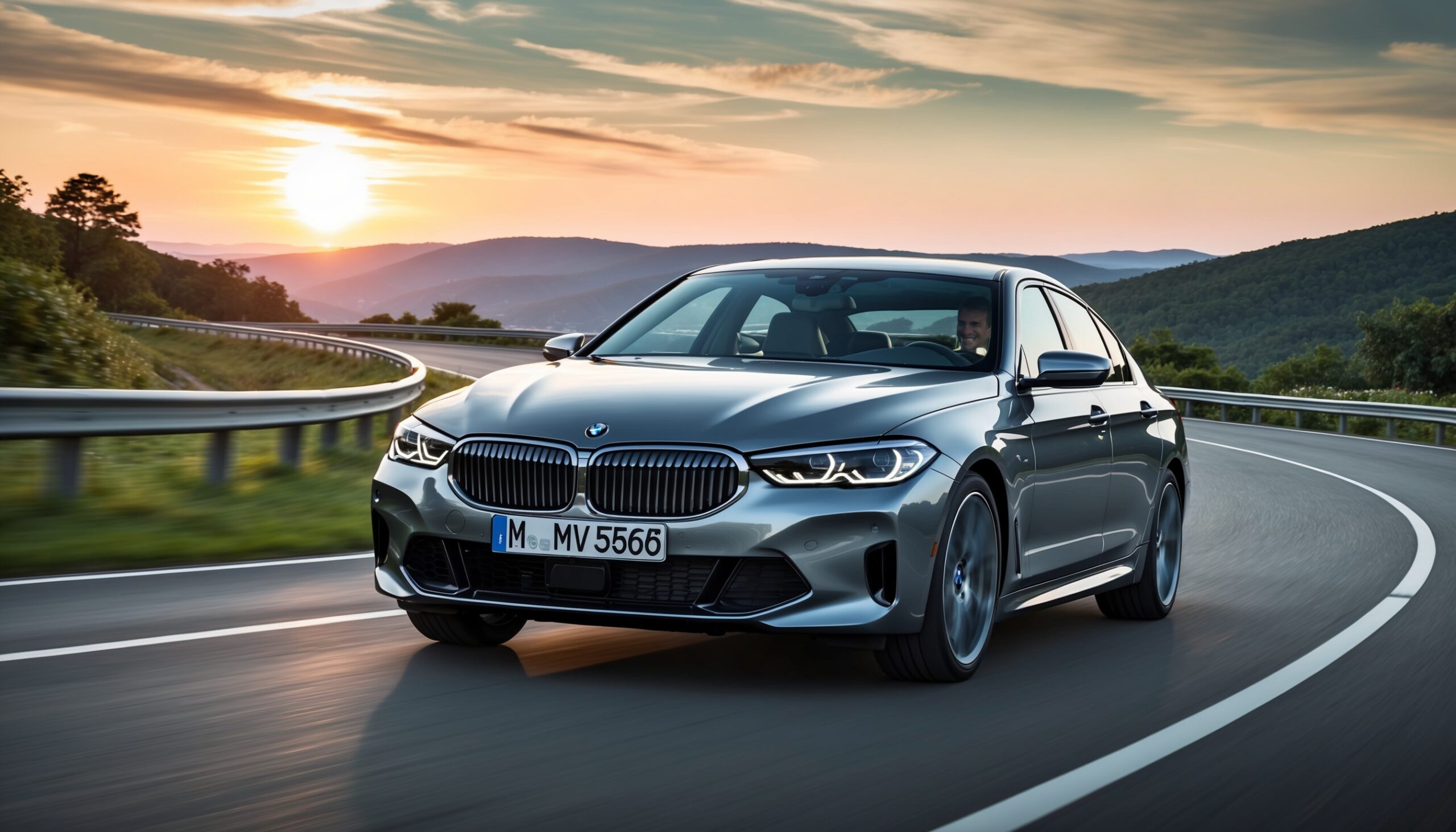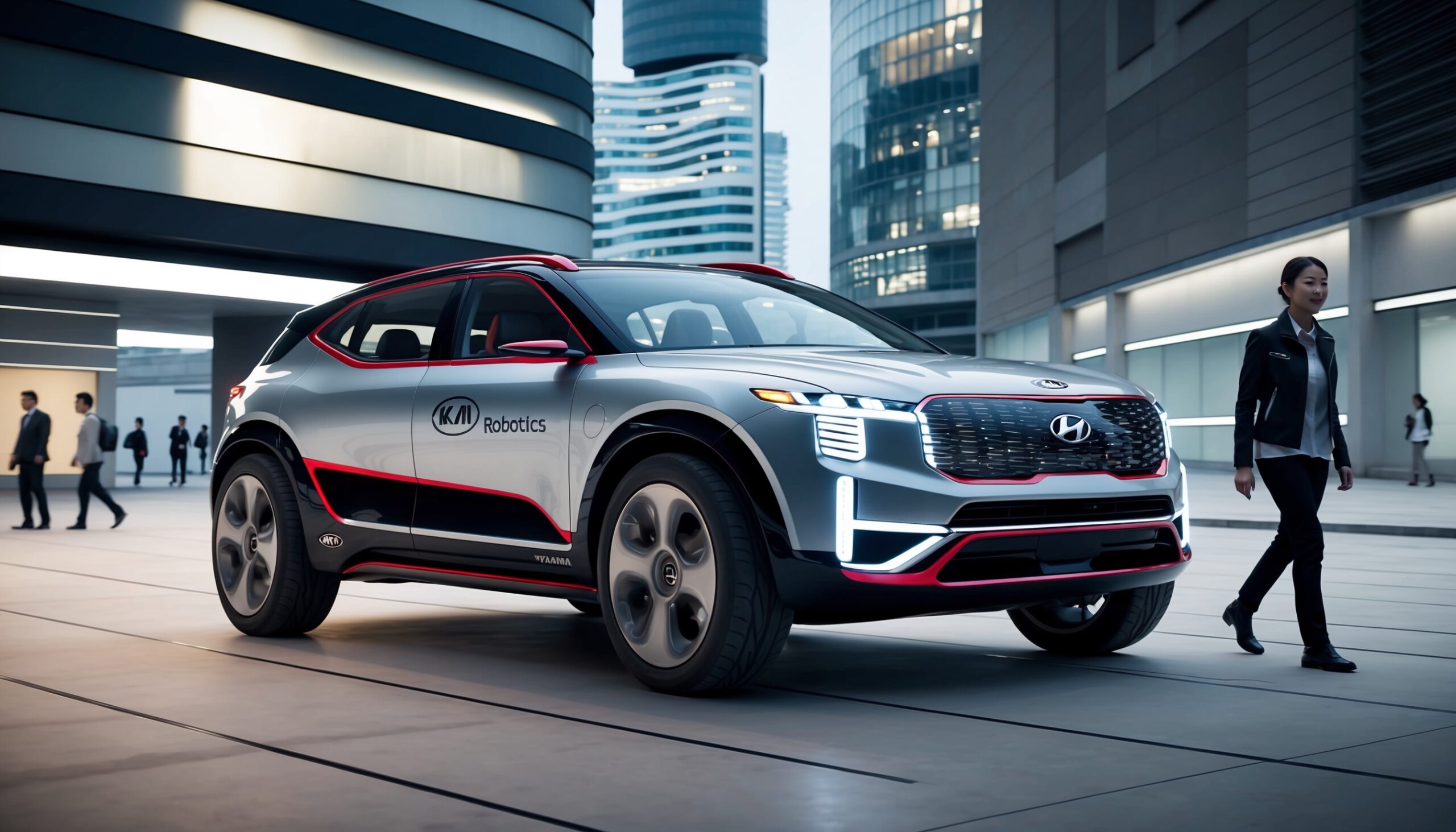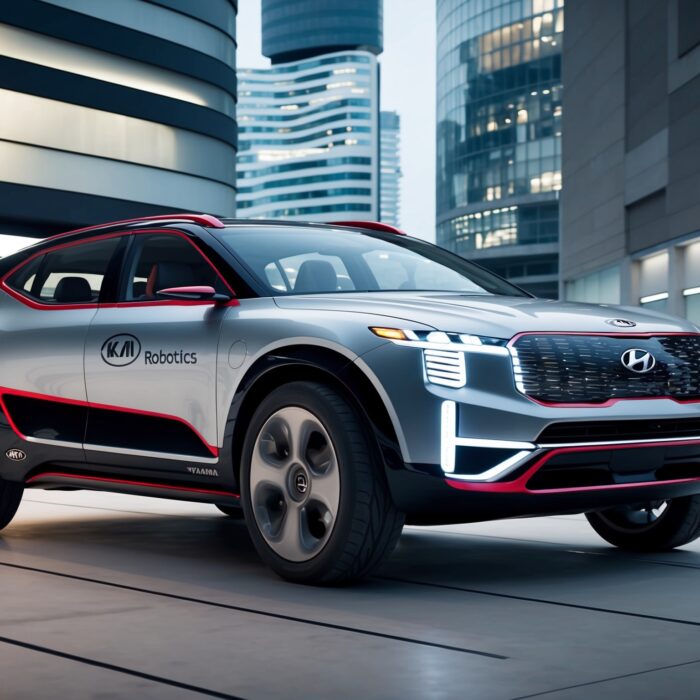Generative AI in Vehicle Design: Revolutionizing the Prototyping Phase
Hey there, car enthusiasts! If you’re as passionate about the automotive world as we are here at Torque Feed, you know that vehicle design has come a long way. From the classic muscle cars of the 60s to the sleek electric vehicles of today, the evolution of automotive design is a testament to human creativity and technological innovation. But what if I told you that we’re on the brink of a new era in vehicle design, one that leverages the power of generative AI? Buckle up, because we’re about to dive into how this cutting-edge technology is transforming the prototyping phase and changing the way vehicles are brought to life!
What is Generative AI?
Before we explore its impact on vehicle design, let’s clarify what generative AI actually is. At its core, generative AI refers to algorithms that can create new content, whether that’s images, text, or even 3D models. Think of it as a digital artist that learns from existing data and then produces novel designs based on that knowledge. By utilizing machine learning, these algorithms can analyze vast amounts of information and generate creative solutions that might not be immediately apparent to human designers.
The Role of Prototyping in Vehicle Design
Prototyping is a crucial step in the vehicle design process. It’s where concepts are transformed into tangible products. Traditionally, this phase has involved a lot of trial and error, with designers creating multiple iterations of a vehicle before landing on the final product. This can be a time-consuming and expensive process. However, the integration of generative AI into prototyping is set to change all that!
Also Read: The Integration of Biometric Security in New Vehicle Access Systems
Speeding Up the Design Process
One of the most significant advantages of generative AI in vehicle design is its ability to speed up the prototyping phase. By utilizing algorithms that can quickly generate thousands of design options based on specific parameters, engineers and designers can evaluate a multitude of possibilities in a fraction of the time it would take to produce physical prototypes. This not only saves time but also allows for a more efficient exploration of design ideas.
Enhancing Creativity
Generative AI doesn’t just optimize the design process; it also enhances creativity. Designers often have a specific vision in mind, but AI can push those boundaries by suggesting unconventional ideas. Imagine a scenario where a designer inputs parameters like weight, dimensions, and aerodynamics, but the AI introduces an unexpected shape or a new material that the designer hadn’t considered. This symbiosis between human intuition and machine learning can lead to breakthrough designs that truly stand out in the market.
How Generative AI Works in Vehicle Design
Now that we understand the potential benefits, let’s take a closer look at how generative AI actually works in the context of vehicle design.
Data Input and Analysis
The first step in the generative design process involves feeding the AI system with vast amounts of data. This can include:
Also Read: The Impact of New Aerodynamic Design on EV Range and Performance
- Previous vehicle designs
- Performance metrics
- Material properties
- Aerodynamic principles
- Manufacturing constraints
By analyzing this data, the AI can learn what works and what doesn’t, setting the stage for generating new design options that meet specific criteria.
Generating Design Alternatives
Once the AI has processed the data, it can begin generating design alternatives. Using algorithms designed for optimization, the AI considers various factors like weight distribution, structural integrity, and aesthetic appeal. Designers can specify constraints or goals—such as minimizing weight while maximizing strength—and the AI will produce numerous designs that fit these parameters.
Iterative Feedback Loop
The beauty of generative AI lies in its ability to create an iterative feedback loop. Designers can review the generated options, provide feedback, and refine the parameters for further iterations. This collaborative process between human and machine ensures that the final design is not only innovative but also practical and aligned with the desired vision.
Case Studies: Generative AI in Action
To better illustrate the impact of generative AI in vehicle design, let’s explore some real-world examples where this technology has made a difference.
General Motors and the “GMC Hummer EV”
General Motors has been at the forefront of integrating generative design into their vehicle development process. The iconic GMC Hummer EV is a perfect example. By employing generative AI in its design phase, GM was able to create complex parts that were not only lightweight but also structurally sound. The result? A rugged, high-performance electric vehicle that pays homage to its predecessor while embracing modern innovation.
BMW’s “i Series”
BMW has also harnessed the power of generative design in their i Series. The company utilized AI to optimize components for weight and strength, leading to significant improvements in performance and efficiency. By focusing on sustainability, BMW’s generative AI approach helped them create vehicles that are not only fun to drive but also environmentally responsible.
Ford’s “Mustang Mach-E”
Even traditional automakers like Ford are getting in on the action. The Mustang Mach-E, Ford’s all-electric SUV, benefited from generative design principles. The engineering team used AI algorithms to refine the vehicle’s chassis and body structure, ensuring a perfect balance between performance and safety. This blend of heritage and innovation is what makes the Mustang lineage so exciting!
Benefits of Using Generative AI in Prototyping
So, why should the automotive industry embrace generative AI in the prototyping phase? Here are some compelling benefits:
- Cost Efficiency: By reducing the number of physical prototypes needed and streamlining the design process, generative AI can significantly lower development costs.
- Faster Time to Market: With quicker iterations and rapid prototyping, manufacturers can bring vehicles to market faster, staying ahead of competition.
- Increased Innovation: The combination of human creativity and AI-generated options can lead to groundbreaking designs that push the envelope of what’s possible.
- Improved Performance: AI can optimize designs for performance, safety, and efficiency, leading to better overall vehicle quality.
- Sustainability: By optimizing materials and reducing waste, generative AI aligns with the growing demand for eco-friendly vehicle solutions.
Challenges and Considerations
Of course, no technological advancement comes without its challenges. While generative AI offers incredible potential, there are some considerations that the automotive industry must keep in mind:
Data Quality and Quantity
The effectiveness of generative AI depends heavily on the quality and quantity of the data fed into the system. Inadequate or biased data can lead to subpar design outcomes. Automotive companies must ensure that they are using comprehensive datasets that reflect a wide range of design possibilities.
Balancing Automation and Human Insight
While AI can generate amazing designs, it’s crucial to balance automation with human insight. Designers bring a level of intuition and emotional intelligence that AI currently cannot replicate. Finding the right harmony between machine-generated options and human creativity is key to successful vehicle design.
Ethical Considerations
As with any technology, ethical considerations must be taken into account. Issues surrounding intellectual property, data privacy, and the potential for job displacement in the design field can’t be overlooked. It’s essential for the industry to address these concerns as generative AI continues to evolve.
Looking Ahead: The Future of Vehicle Design
As we gaze into the future of vehicle design, the role of generative AI is only set to grow. With advancements in machine learning and artificial intelligence, we can expect even more sophisticated algorithms that can create increasingly complex designs. Imagine vehicles that not only meet our current needs but also adapt to future demands, thanks to AI’s predictive capabilities!
Furthermore, as technology becomes more accessible, we might see smaller companies and independent designers utilizing generative AI to bring their unique visions to life. This democratization of design tools could lead to a rich diversity of vehicles on the market, catering to a wider range of consumer preferences.
Final Thoughts
Generative AI is more than just a buzzword; it’s a game-changer in the automotive industry. By revolutionizing the prototyping phase, this technology is paving the way for faster, more efficient, and innovative vehicle design. As we continue to explore the possibilities, one thing is clear: the future of automotive design is bright, and we can’t wait to see where it leads us.
So, fellow car lovers, as we embrace this exciting new chapter in vehicle design, keep your eyes on Torque Feed for the latest updates, trends, and insights into the automotive world. After all, the journey of innovation is just as thrilling as the cars themselves!












